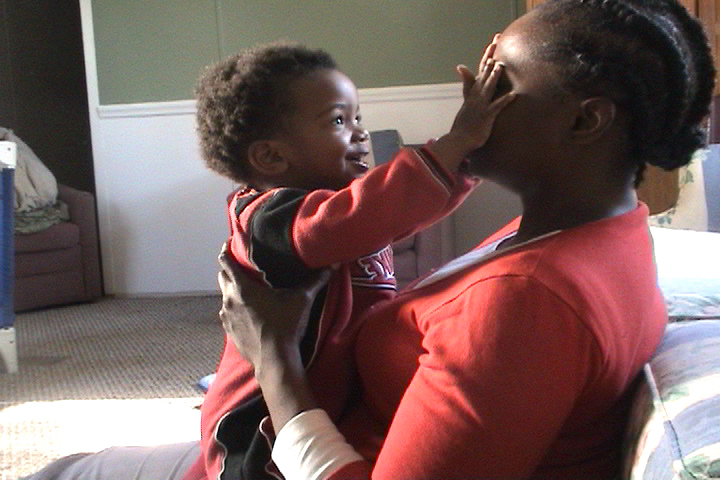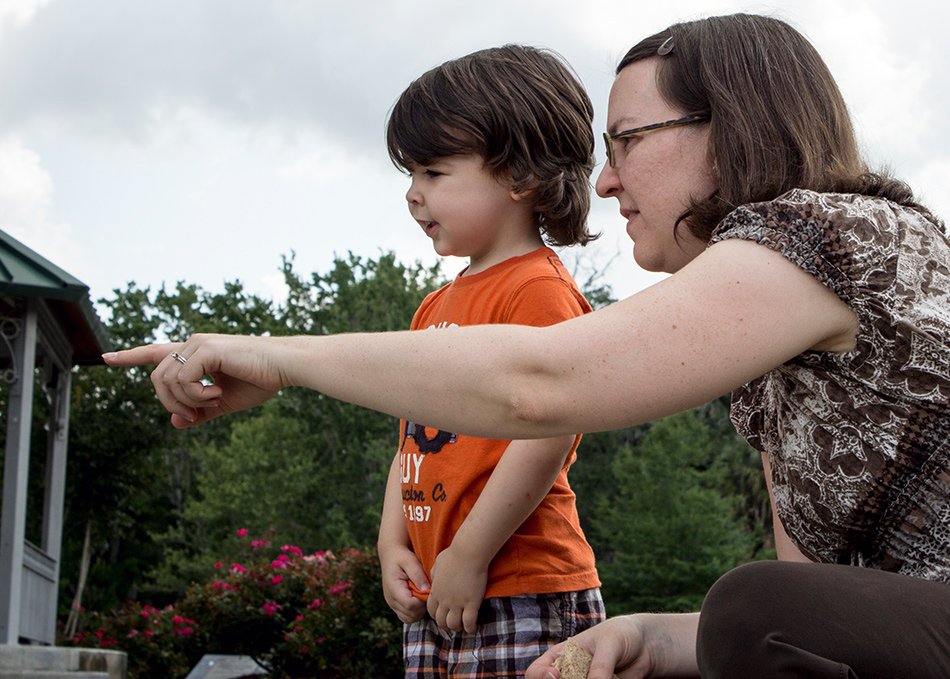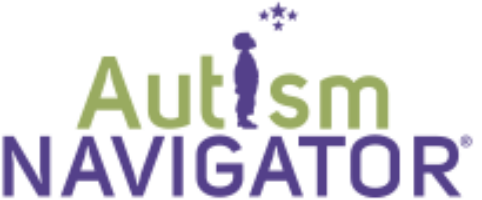Navigator Community Center

Rules of Engagement
The mission of the Autism Navigator Virtual Community for Families is to offer a supportive environment for families of children 1 to 8 years of age who are concerned about their child’s social communication (SoCo) development or possible autism spectrum disorder (ASD). We also welcome professionals or anyone interested in learning more about autism in early childhood.
Our Virtual Community for Families is a place to:
- Discuss videos and content from our How-To Guide for Families
- Share ideas and engage with other families
- Help you support your child’s learning and development
When you join our Virtual Community for Families, we ask that you keep this intent in mind, and help us create a safe space for everyone by following our guidelines:
- Do not offer judgements—use positive or neutral words.
- Communicate with compassion and honor the dignity of others.
- If you have a question, ask the question in a way that respects the privacy and feelings of others.
- Do not offer medical advice even if you are a health care professional.
- Do not offer alternative therapy suggestions. There are other virtual communities that are dedicated to issues around the causes of ASD. This community is dedicated to supporting families during the infant, toddler, and early childhood years to maximize the outcomes of your children.
We will be monitoring our Virtual Community to make it a safe space for everyone. But we need your help. If you see any of our guidelines violated, please Contact Us to let us know. Upon review by a moderator, any violation of our rules may result in the comment or question being deleted. After being notified and warned, if any user continues to violate our rules, they will be excluded from future participation in our Virtual Community.
Autism Navigator Resources
Our How-To Guide for Families is for families who suspect their child has signs of autism or a social communication delay—get started right away and learn intervention strategies to use in your everyday activities and support your child’s learning and development. This interactive web-based course will put in the hands of families hundreds of videos to illustrate evidence-based intervention techniques that you can implement in everyday activities to support your child’s learning as soon as you suspect autism. This course will teach you how to embed strategies and supports into your everyday activities, provide developmental growth charts to guide decision-making and help you monitor meaningful outcomes. Our How-To Guide for Families will help you support your child’s learning at home, as you form a care team for your child and family and get guidance from your child’s teacher or early intervention provider.
You can enroll in the How-To Guide for Families for FREE in one of three ways:
- If your child is 24 months or younger, go to babynavigator.com and click on Register to Join Baby Navigator. You will be invited to screen your child, and If your child shows early signs of autism, you will receive a free enrollment code. You will also be able to access all of our other online tools and resources.
- If your child is over 24 months of age, if your provider or teacher is enrolled in an Autism Navigator course, ask if they have a free enrollment code for you.
- For a limited time, if you attend one of our How-To Guide for Families webinars you will find out how you can request a code. Look in events to find out when we hold these webinars and how to register. These webinars are a companion to our How-To Guide for Families course and this Virtual Community and are free, so we hope you will attend.


Autism Navigator® — About Autism in Toddlers is for families of children with a positive screen for autism or anyone interested—learn about the early signs of autism with video clips of over a dozen toddlers with ASD at 18 to 24 months of age, and then see early intervention in action. You will learn about the core diagnostic features and early signs of autism in toddlers, the critical importance of early detection and early intervention, and current information on prevalence and causes of autism. This self-paced course is FREE to the public and has video clips of over a dozen toddlers with ASD at 18 to 24 months of age. It takes about 3 hours to go through the slides and videos, or you can spend a few minutes and visit again later.



